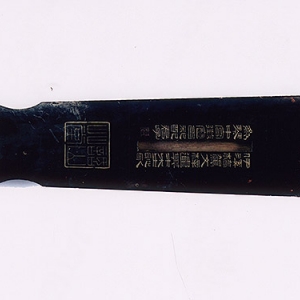Exhibition of Guqin Culture in Hunan

Introduction
Exhibition of Guqin Culture in Hunan
Guqin originally known as qin, also called a seven-stringed plucked qin and yaoqin, is one of the most ancient instruments of Chinese nation. In ancient times, it was highly praised by literati as the first of the four arts of qin, chess, calligraphy and painting. In November 2003, UNESCO declared it the "representative of oral and intangible heritage of humanity".
Hunan is blessed with a long history of guqin. Shun, a chief of ancient Chinese tribal alliance, played the guqin, intoning “Nanfeng” to rein the country. Guo Mian, a musician in the Southern Song Dynasty, once moved to Hengshan Mountain and composed a song named “Mist and Clouds over Xiao-Xiang River”, which was admired by people for thousands of years. Sages as Zhu Xi, Zhang Shi, Wang Fuzhi and Zuo Zongtang spread feudal code of ethics and purified their souls by qin, adding profound cultural connotation to guqin culture in Hunna. Modern musicians, such as Peng Zhiqing, Yang Zongji, Gu Meigeng, Zha Fuxi and Li Jing were all engaged in guqin study in Hunan, which had a great impact in this field.
Hunan Museum has a collection of fifty-three pieces of guqin, which were unearthed or manufactured during the time from Western Han Dynasty to Republic of China, spanning more than two thousand years. These rich heritages are undoubtedly an important part of Chinese guqin culture.
“Those who play the guqin by the Xiangjiang River have good moral standards as ancient sages.” In the moonlight of Lushan Mountain and the ripple of Xiangjiang river, guqin melody is in harmony with the heaven and the earth, echoing with the universe. It is hoped that the exhibition can provide an opportunity for people from all walks of life to understand the culture of Xiaoxiang guqin and appreciate its unique charm.

Highlights
- 马王堆七弦琴
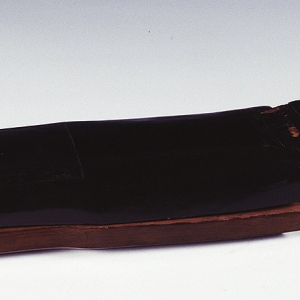
- 独幽琴
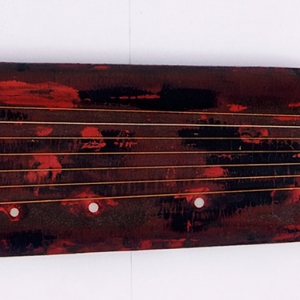
- 飞泉琴
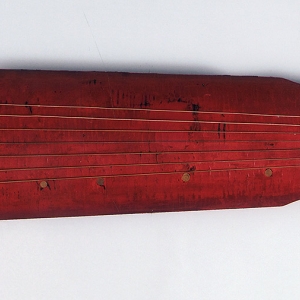
- 寒泉漱石琴
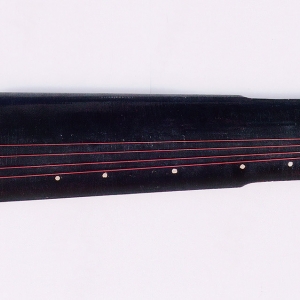
- 昭陵精—子题琴
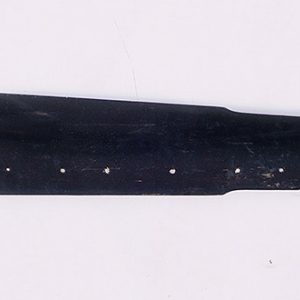
- 万壑松风琴
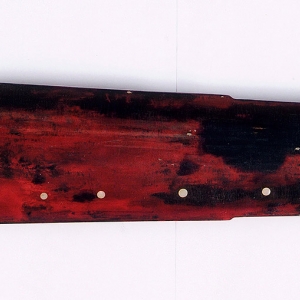
-

- 鹤鸣秋月琴

- 朝阳鸣凤琴
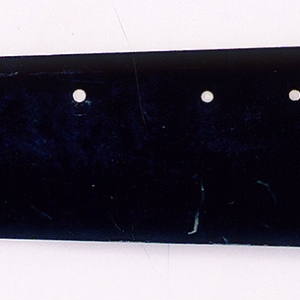
- 祝公望琴

- 写心琴

- 炎陵文梓琴See More
